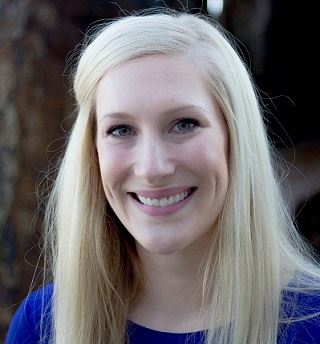At the Disney Institute, participants are challenged to think about how your decisions as a leader or team member make others feel. That seemed basic, even insulting, until they pushed us to look even more closely…
Most of us think about how big things make people feel — we’re sensitive during that “crucial conversation,” we make decent small talk when we can tell that it makes others more comfortable, and we might decorate thoughtfully to create a “vibe.”
BUT – what about little things? Especially routine things?
On small matters, do you turn your full attention to someone, or do you multi-task?
Is receiving an e-mail response from you a pleasant experience?
Do you force people to work with your systems, or do you bend to match the idiosyncrasies of others?
As I listened, I still maintained that paying attention to the feelings of others was a strength of mine; after all, I train people on this stuff!
As we all talked to each other, I was challenged on some things:
Does your proposal and acceptance process leave people feeling like they’re glad to work with you, or do you make it a routine chore?
When you invoice and collect, do you make it comfortable, or do you seem like “just anyone?”
AND this one-
What parts of your routine, your relationships, your teamwork, have you never ever given any thought to, in terms of “how does this make them feel?”
This really challenged me. I did head down to Disney just a few weeks later, and noticed some things:
A bell services staff person took a silly request for a spare charging cord extremely seriously.
A waiter sensed that something was wrong with my dish and replaced it before I could awkwardly complain.
I also recalled the time I was hot, and tired, and got snarky when I was asked if I needed anything at a drink cart.
I said “Yeah – you got any overpriced soft drinks?” Without skipping a beat, that server made me feel awesome.
She said, “Sure! Want one for free, though?” What?
Really? “Okay…” I was wary, but she had my attention.
“Order it in whale.”
“Whale?”
“Yeah, like Dory in Finding Nemo.”
I did it. I smiled. I got a free Diet Coke. I played ball so nicely, they even offered me a free ice cream bar. (A photo of the servers can be seen here.)
Here’s the thing; all these examples require no special skills, just habits of thoughtfulness. And they can make a BIG difference in the engagement of those around you.
Improve your effectiveness by paying attention to how everything, big or small, makes people feel.

Thanks for reading,
Alan Feirer

Ashleigh’s Input: Alan and I generally communicate through e-mail, apart from our weekly one-on-ones. Although the world of e-communication can be a cold one, I notice that Alan still takes measures to make our communications warm, pleasant, and personal. Not every single one, but most. It makes me feel as though our e-mails back and forth are not simply a means to an end, but also an opportunity for us to show respect and care.

Leave a Reply